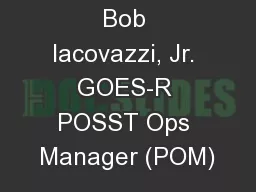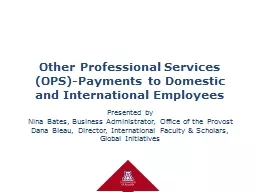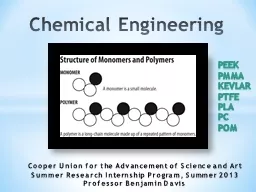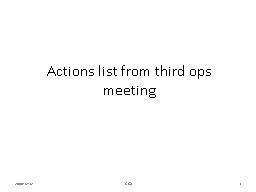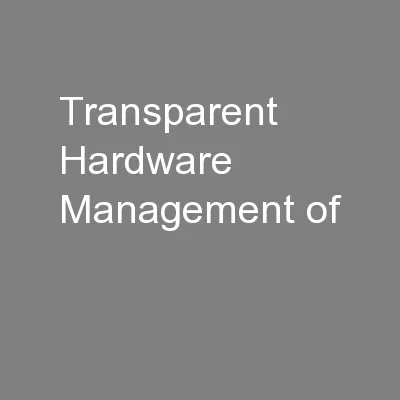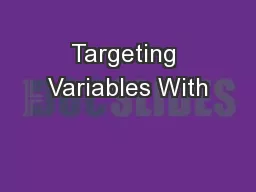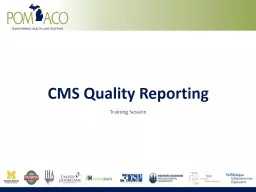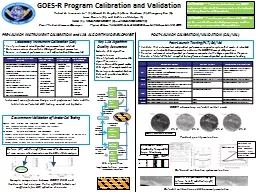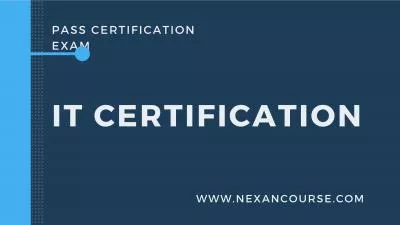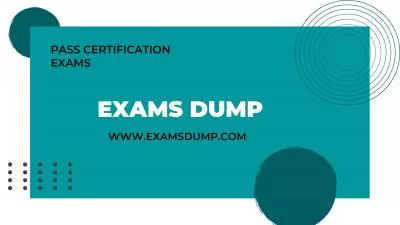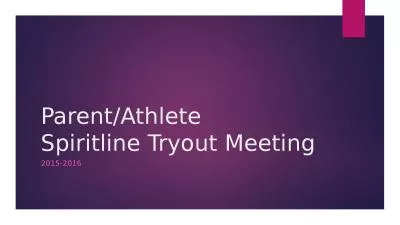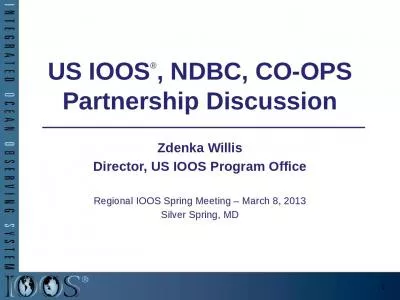PPT-Bob Iacovazzi, Jr. GOES-R POSST Ops Manager (POM)
Author : ellena-manuel | Published Date : 2018-09-17
January 910 2014 GOESR Product Operations Science Support Team Planning for GOESR CalVal AWG Second Validation Workshop Outline 2 GOESR Program CalVal Scope Partners
Presentation Embed Code
Download Presentation
Download Presentation The PPT/PDF document "Bob Iacovazzi, Jr. GOES-R POSST Ops Mana..." is the property of its rightful owner. Permission is granted to download and print the materials on this website for personal, non-commercial use only, and to display it on your personal computer provided you do not modify the materials and that you retain all copyright notices contained in the materials. By downloading content from our website, you accept the terms of this agreement.
Bob Iacovazzi, Jr. GOES-R POSST Ops Manager (POM): Transcript
Download Rules Of Document
"Bob Iacovazzi, Jr. GOES-R POSST Ops Manager (POM)"The content belongs to its owner. You may download and print it for personal use, without modification, and keep all copyright notices. By downloading, you agree to these terms.
Related Documents

